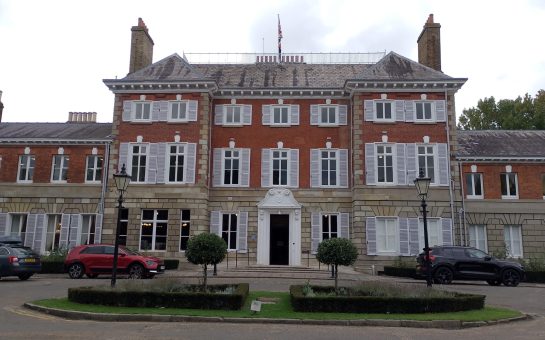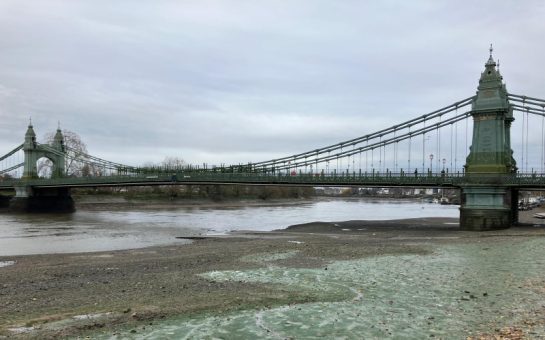Once famed for nibbling at the top of milk bottles the hedgehog was once commonplace in our back gardens.
Shuffling in the hedgerows and bushes, these cute critters are often the first experience a child gets with an animal in the wild.
Their adorable faces, juxtaposed against their thorny spikes elicit an ‘aww’ from even the stoniest of characters.
Despite still being found nationwide, from built up urban areas right through to the countryside, this magical childhood experience may be changing.
In the 1950s it was estimated that were a whopping 36.5 million hedgehogs in Britain, but recent estimates now put the number of our prickly pals at a little more than one million, with a loss of 30% of the population since 2002.
So what’s going on?
Fay Vass, chief executive of the British Hedgehog Preservation Society, works to help maintain and increase numbers and explained that people aren’t aware of the extent of the problem.
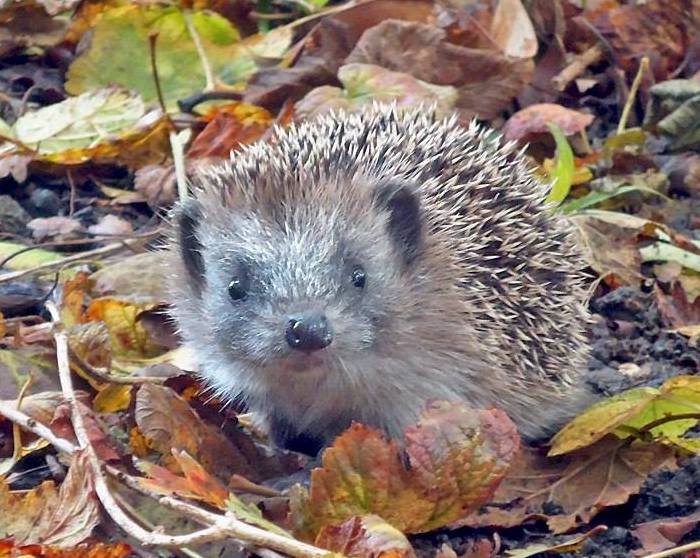
OH HI THERE! This curious hedgehog greets this photographer on his morning stroll (© Sonora Case)
She said: “Most people don’t seem to know how the desperate the situation is for hedgehogs.
“They’re not officially listed as an endangered species but they are certainly in trouble and the fact is that the loss of hedgehogs in the UK is comparable to the loss of the tiger population worldwide.”
The continued expansion of built-up areas is blamed for the fall in numbers, with hedgehogs not being able to cope with the building sites that often break up their homes.
“A big problem they face is the loss of habitat, but also the connectivity of the habitat isn’t very good anymore,” she explained.
“There are lots of fences, roads and barriers that means one pocket of suitable hedgehog environment doesn’t join up with another one.”
In the summer of 2013, the hedgehog beat competition from species such as the badger and the otter to top a BBC poll and be named Britain’s ‘National Species’.
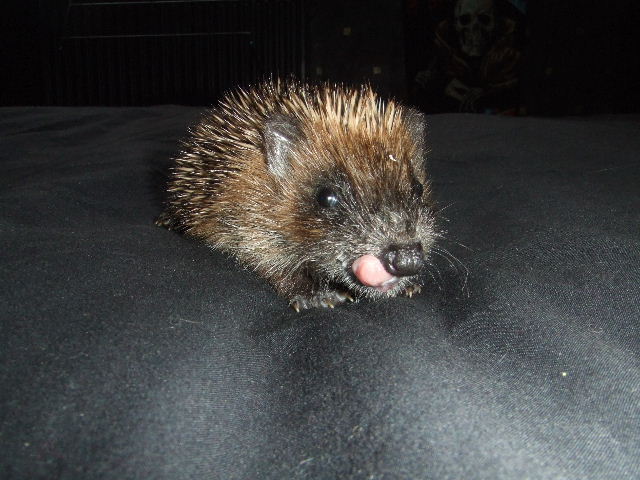
YUM! This little critter licks his lips after enjoying his breakfast (© Anne Whitehead)
It is hard to argue the hedgehog’s place in British culture.
From being batted, rather cruelly, around as a croquet ball in Alice in Wonderland right up to the road safety adverts that taught a generation of children how to be avoid getting run over, folklore has even suggested they are even immune to snakebites.
Unfortunately their prickly ancestors were a delicacy in times gone.
In 1783, John Farley – very much the Heston Blumenthal of his time – instructed those curious enough to want to know exactly how to cook a hedgehog (answer: mainly with almonds) in his cookbook The London Art of Cookery.
Happily though hedgehogs have shuffled off the plate as a main course but still face many perilous situations.
Henry Johnson, Hedgehog Officer for People’s Trust for Endangered Species in Battersea, is involved with the Hedgehog Street project, which aims to inform people of the dangers hedgehogs face, and suggests ways that people can help stem the decline.
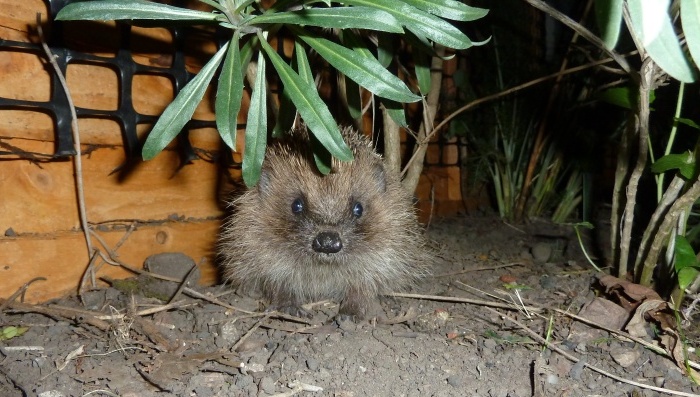 ADORABLE: Chilling in the garden (© Phil Robinson)
ADORABLE: Chilling in the garden (© Phil Robinson)
“In urban areas I think we understand the problem quite well so hedgehog street is an engagement tool to try to empower garden owners which is a huge area of the UK about a quarter of a million hectares,” he explained.
“You can get ten times the population density of hedgehogs in a suburban area if it is suitable then you can do in a rural area, so they can be really good areas for hedgehogs.
“Hedgehog Street is very much a social campaign for people to cooperate over the garden fence.”
Users are able to register their hedgehog on the website ( proving themselves to be a ‘Hedgehog Champion’.)
At the time of writing more than 30,000 hedgehogs have been registered on the site.
A photo gallery featuring hedgehog sightings and hedgehogs recovering from injury documents the journey these little creatures make.
@hedgehogsociety thanks for the help and advice. This little one is now safe at Rochdale hedgehog rescue pic.twitter.com/leHPnW2Bap
— vikki smith (@SmithVodka) June 30, 2014
Kew Gardens hadn’t seen a hedgehog for twenty years until they found one in 2012.
It seems strange that an animal once seen as so common would not be found in one of Britain’s biggest gardens.
But all is not lost. Tony Kirkham, Head of the Arboretum at Kew Gardens, spotted one last year and is keen to find more.
“We have a problem in that we have a high badger population and are unable to anything about this.
“However we have a natural area where we discourage visitors from entering and we leave leaves and other things for hedgehogs in a natural setting, which are useful for hedgehogs to overwinter in.”
But there are things we can do. Fay suggests there is a very simple way to get prickles of hedgehogs roaming our gardens once more.
She said: “We ask people to make a gap in their garden fence and make a hole in their garden fence.
“A 13cm square gap in the bottom of any fence or wall is best – try to encourage neighbours to do the same so there is a whole street of lined up houses.
For more information about how to help the dwindling hedgehog population visit www.hedgehogstreet.org

